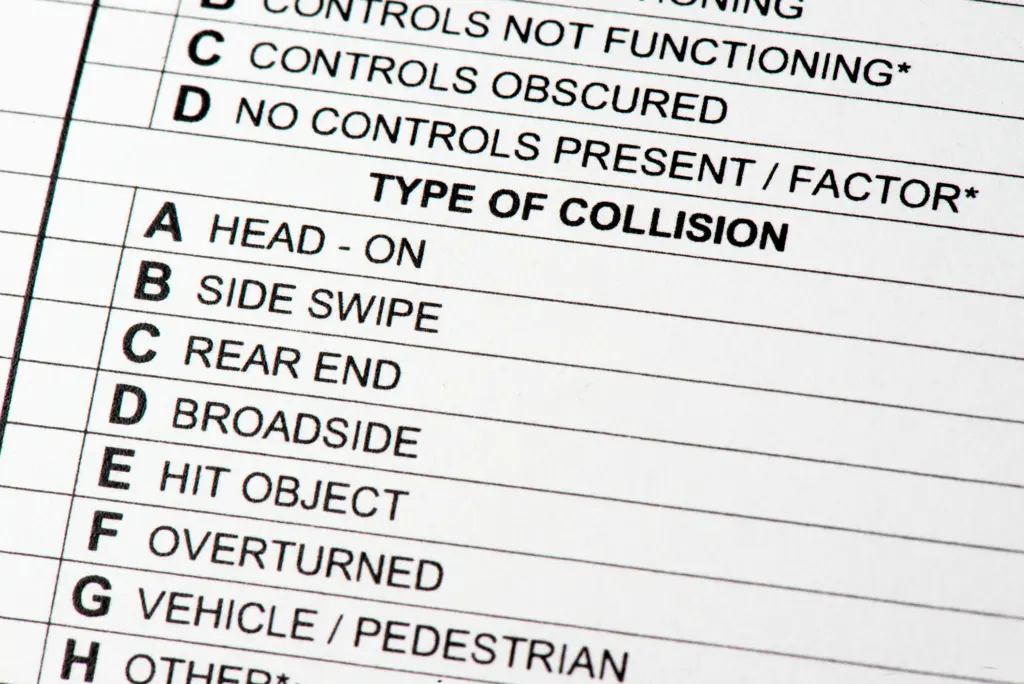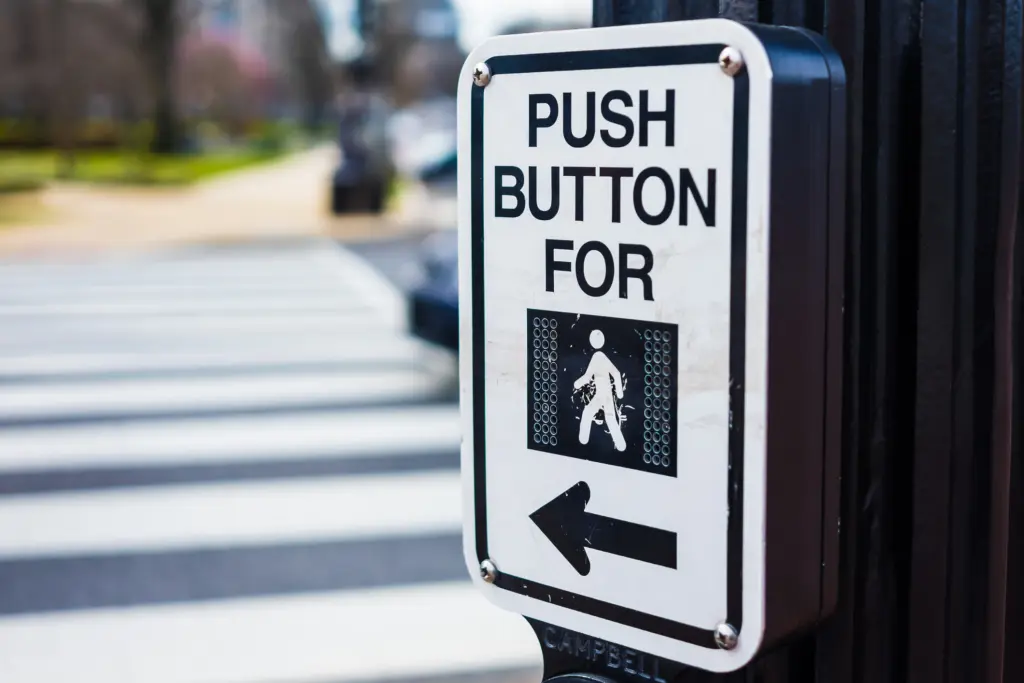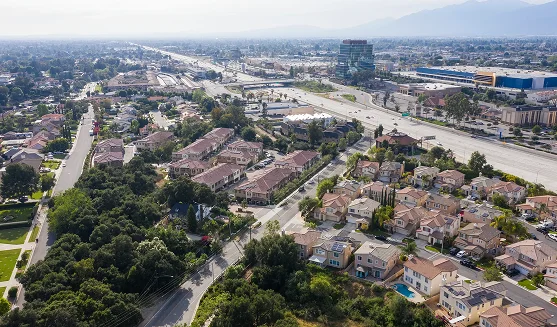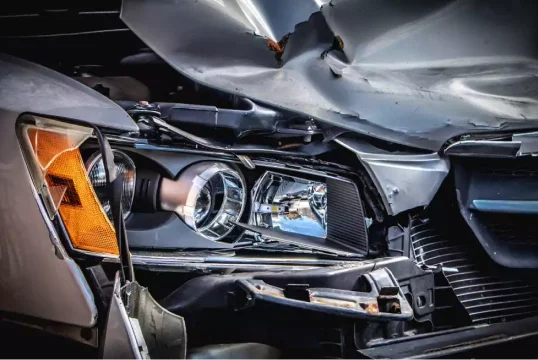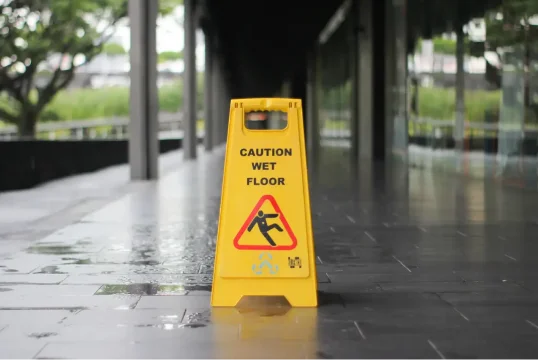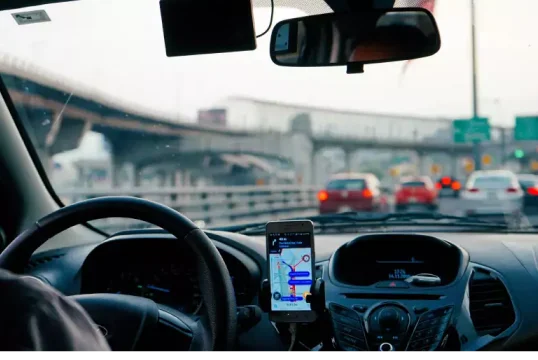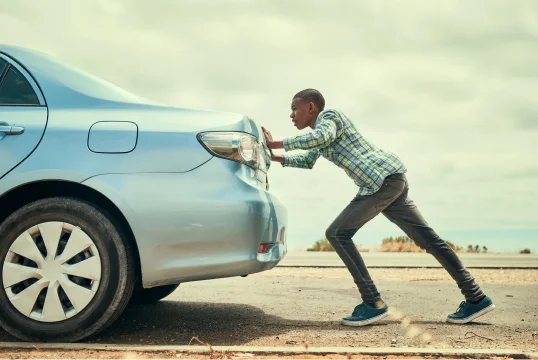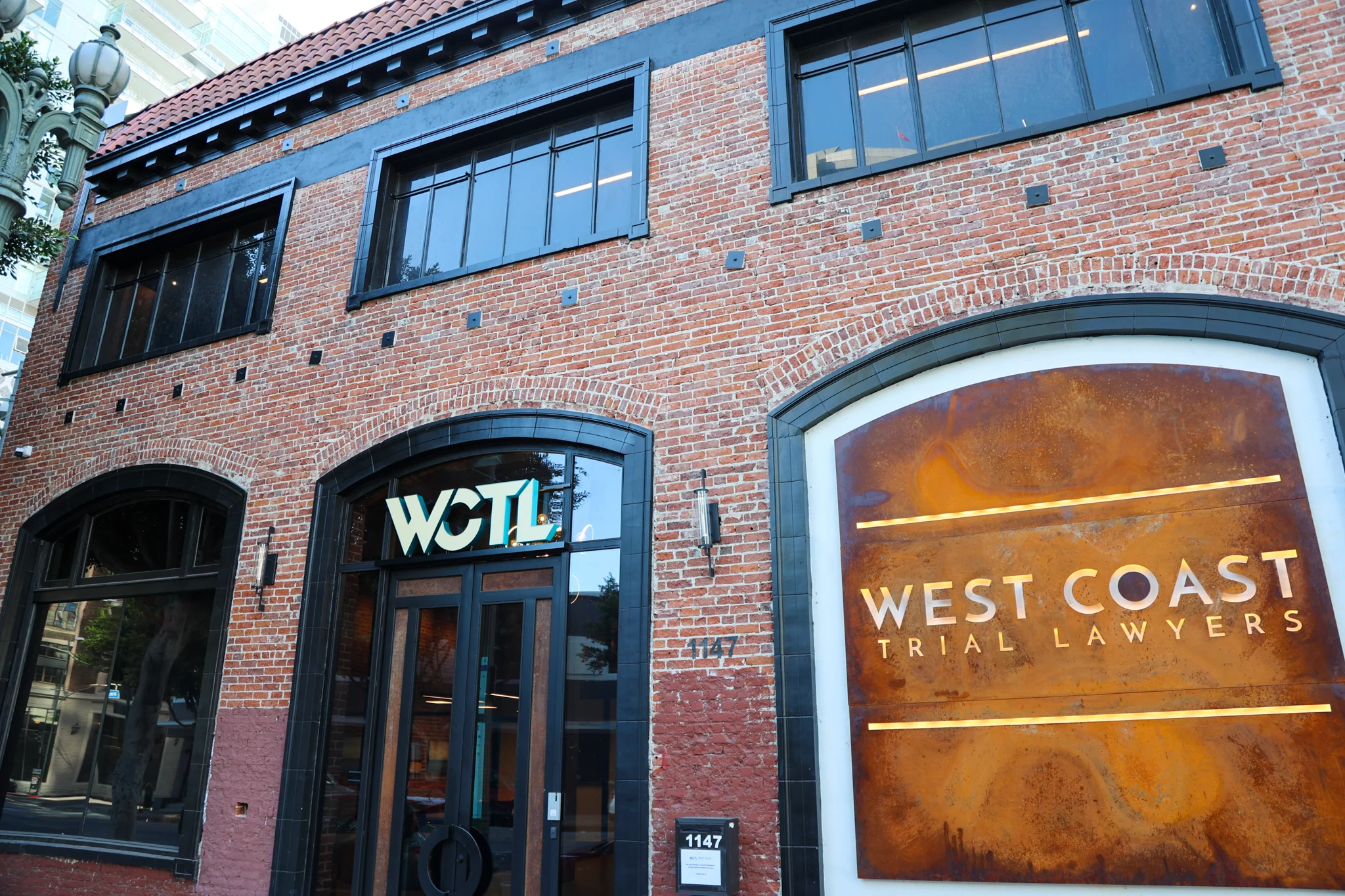Electric bicycles (e-bikes) are booming in popularity, and it’s easy to see why. They offer a sweet spot between the freedom of a regular bike and the power of a motorcycle, while going fully electric! But what happens when you’re tempted to modify one—maybe make it go a little faster, add a bigger battery, or tweak its controls? Before you break out the toolkit, it’s important to understand that California takes e-bike classification and safety pretty seriously.
So the real question is: are you breaking the law if you soup up your electric bike?
In this article, we’ll break down everything you need to know, from the classifications of e-bikes to how modifications affect their legal status, and what kind of trouble you could get into if you go too far.
What are California’s E-Bike Laws?

California Vehicle Code Section 312.5 classifies electric bikes into three main categories, and these laws dictate where and how you can legally ride. These aren’t just guidelines—they’re enforceable laws. If you violate them, you could be fined, have your bike confiscated, or even face liability if you’re in an accident.
The laws also touch on helmet requirements, age restrictions, and where each class of e-bike is allowed to go (bike lanes, mountain trails, etc.). This framework is what makes modifications such a legal minefield—changing the bike can move it from one class to another, which might change the laws that apply to it.
Classification of Electric Bicycles in California
In California, electric bikes are sorted into three classes based on their top speed and how the motor is activated:
- Class 1: Pedal-assist only, with a maximum assisted speed of 20 mph. No throttle.
- Class 2: Has a throttle, and can go up to 20 mph without pedaling.
- Class 3: Pedal-assist only, but with a higher speed limit of 28 mph. Must be equipped with a speedometer.
Each class comes with its own set of rules. For example, Class 3 bikes can’t be ridden on multi-use paths unless local laws say otherwise. Class 2 e-bikes are more flexible, but still face limitations in some public areas.
The classification doesn’t just affect where you ride—it can determine what you need to legally ride it. For instance:
- Riders under 16 aren’t allowed on Class 3 bikes.
- Helmets are mandatory for Class 3 riders and passengers.
- E-bikes over 750 watts are no longer classified as bicycles—they become motor-driven cycles and fall under stricter laws.
That’s where things start getting risky for modifiers. Add a more powerful motor or remove a speed limiter, and you may unintentionally reclassify your bike. That could push you into a different legal category that requires DMV registration, insurance, and a driver’s license.
What Does “Modifying an E-Bike” Mean?
Modifying an electric bicycle can mean a lot of things, from innocent tweaks to serious performance improvements. Some of the most common modifications include:
- Upgrading the battery for longer range
- Swapping the motor for a more powerful one
- Bypassing or removing speed limiters
- Adding a throttle to a pedal-assist bike
- Changing the controller to increase torque or acceleration
- Custom firmware installation for software tweaks
While many of these seem harmless or even helpful, they can dramatically alter the behavior and classification of your bike.
Performance Enhancements vs. Cosmetic Changes
There’s a big difference between performance upgrades and cosmetic changes. Swapping handlebars, adding LED lights, or repainting your frame won’t get you into legal trouble. But as soon as you increase the speed, power, or control system, you could be crossing legal boundaries.
Is It Legal to Modify an Electric Bicycle?
Here’s the truth: modifying your e-bike isn’t always illegal. But it can be illegal, depending on what you modify. California law doesn’t outright ban e-bike modifications. However, it does strictly regulate the performance parameters of e-bikes. If your mod pushes your e-bike beyond the limits of its original classification, it could become an unregistered vehicle, which is illegal to operate on public roads and paths.
The state’s position is basically: stay within the speed (20 or 28 mph), power (750 watts), and control (pedal-assist or throttle) limits, and you’re fine. Go beyond that, and you’re stepping into motorcycle territory.
When Does a Modification Make Your E-Bike Illegal?
Modifications become a legal problem when:
- The motor output exceeds 750 watts.
- The e-bike can reach speeds over 28 mph under motor power.
- You remove or tamper with the speed limiter.
- You add a throttle to a bike that didn’t originally have one.
Once any of these changes are made, your e-bike may legally be considered a moped or motorcycle, which means you now need:
- DMV registration
- A driver’s license
- A helmet at all times
- Turn signals and lights
- Insurance
Failing to comply with these additional requirements makes your modified e-bike illegal to operate in public.
What is the Penalty for Modifying an E-Bike?
Modifying an electric bicycle in California can lead to significant legal consequences. Under California Vehicle Code Section 24016, tampering with or modifying an e-bike to change its speed capability beyond the legal limits is prohibited. Violations can result in fines, and in some cases, the e-bike may be impounded by law enforcement. For instance, Assembly Bill 875 authorizes peace officers to remove vehicles that exceed speed limitations or are operated by unlicensed individuals.
Furthermore, Assembly Bill 1774 prohibits the sale of devices or applications that can modify the speed capabilities of an e-bike, making such actions criminal offenses.
Need Legal Help After an Accident With an E-bike?
Modifying an electric bicycle in California carries legal risks, including fines and potential criminal charges. Additionally, e-bike accidents can result in serious injuries and terrible legal situations.
At West Coast Trial Lawyers, we are dedicated to helping clients understand their rights and navigate the legal landscape surrounding e-bikes. Whether you’re seeking compensation after an accident or need legal help understanding your rights, our experienced attorneys are here to provide the support and representation you need.
Call us today at (213) 927-3700 or fill out our online form for a free consultation.






